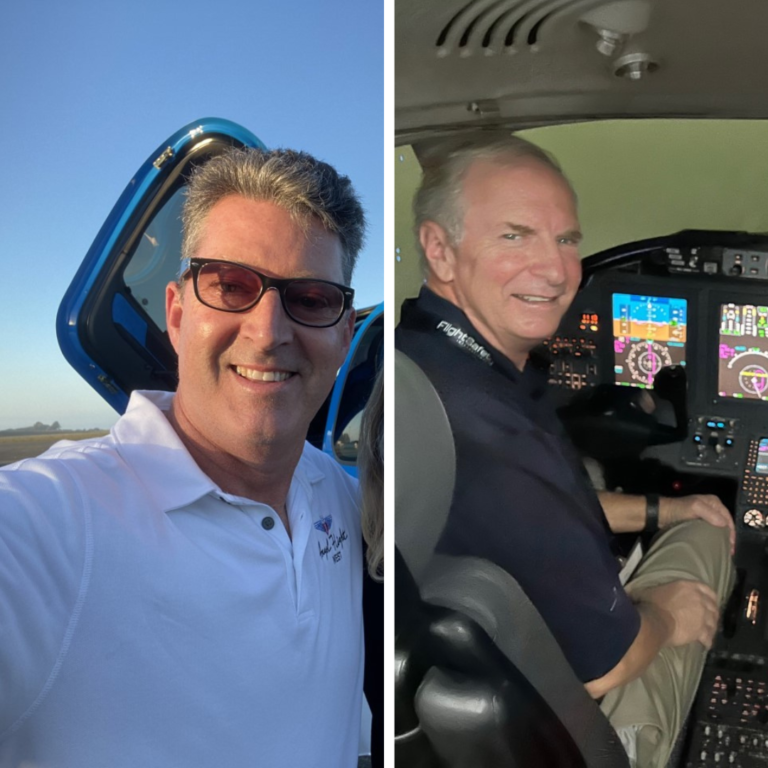Angel Flight West Command Pilots provide a great service for their passengers. They volunteer to provide transportation to medical treatment and for other compelling needs because they want to help others. Along with the desire to help comes the responsibility to ensure a safe trip. Angel Flight West wants all Command Pilots to keep safety at the forefront as they plan and execute their missions. With that goal, this section covers some of the key safety aspects to be considered when flying Angel Flight West missions.
We strongly encourage you to read the Aviation Safety Articles below. Most are written by fellow Angel Flight West members, and they are tailored to the general aviation community and private pilots. We hope you find them helpful, and a reminder that the decisions regarding your flights are yours alone. Passengers know that they need to have a backup plan, and that we do not guarantee our flights, so we encourage you to cancel your flight if you have any concerns about safety.
If you have any specific questions about safety operations, please reach out to our safety team below.

Bruce Poulton, AFW Safety Officer
BruceP@angelflightwest.org
Alexios Stavropoulos, AFW Safety Officer
AlexiosS@angelflightwest.org
General Safety Email
safety@angelflighwest.org
View on YouTube
Download PDF
Recommended Reading